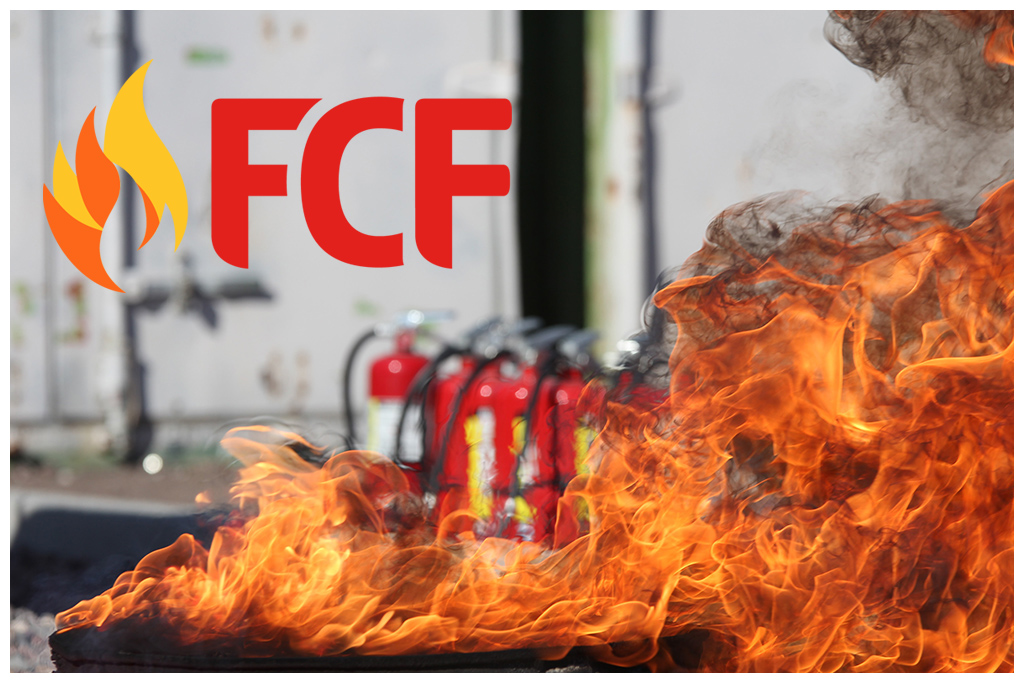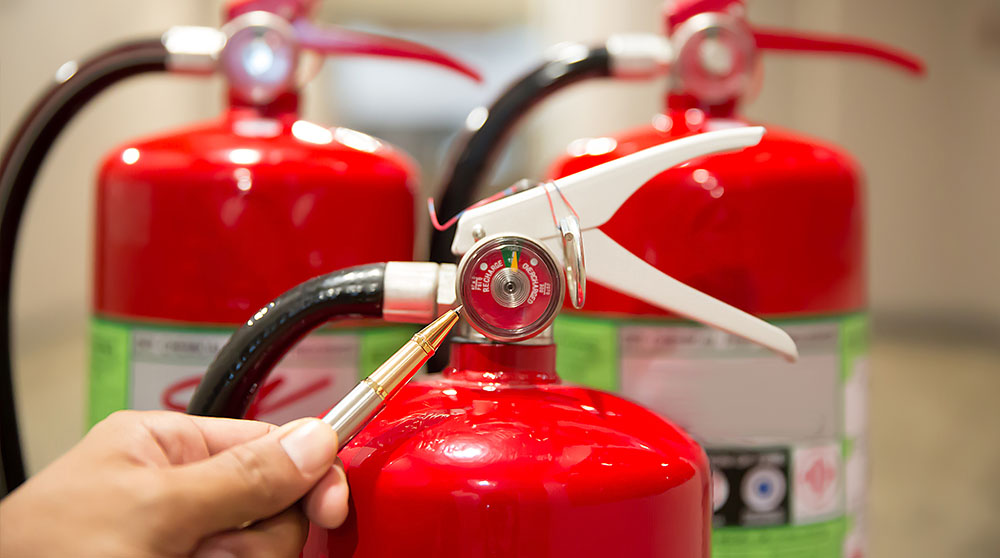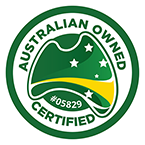Fire extinguishers are on the front line of fire protection for most homes, businesses, and facilities along with fire alarms. They are designed to fight the fire while you are evacuating the building or home. Your first defense against a fire is to get out, call emergency service and leave the building or home. Check this blog for more info.
The most important thing to remember about using a fire extinguisher is that you must use it correctly. Fire extinguishers are not fool proof devices that will put out any size fire. They are designed for use on small fires that have just started or that have been smoldering for some time. Proper training is required to use a fire extinguisher properly and safely.

A fire extinguisher is an important part of any homeowner or business. They are a necessity in most homes and businesses. They can save lives, property and can be used to extinguish small fires before they become out of control. Whether you have it in your kitchen, garage, car, shop, or any of the like, there are Fire extinguishers that are designed to fight specific kinds of fires. Fires are classified by what type of substance is burning. Whether it be a solid substance, electrical, gas or liquid. It is crucial to have the correct fire extinguisher for the application you would need them for is very important.
The 6 classes of fires are categorized by what caused the fire or what the fire uses as fuel, and are as follows:
- Class A: General combustibles.
- Class B: Combustible and flammable liquids
- Class C: Flammable gasses
- Class D: Combustible metals
- Class E: Electrical devices and appliances
- Class F: Cooking fats and oils
Understanding the 5 different classes of fires can help you determine which fire extinguisher to use.
The band colour around the fire extinguisher identifies what type of suppression it is used:
- Dry Powder (White) for Class B, electrical fires (E) and also suitable on Class A fires (ABE)
- Water (Red) only suitable for Class A and not safe on other classes of fire
- Foam (Blue) only suitable for Class A and B fires
- CO2 (Black) suitable for (E) and Class B fires. Users should beware of discharge pressure as this has a cold and noisy discharge
- Vaporizing liquids (Yellow) suitable for (E), Class A fires
- Wet Chemical (Oatmeal) suitable for Class A and F fires
To ensure they are working properly and ready for use in case of an emergency fire extinguishers need to be inspected periodically by qualified personnel.
Check the gauge regularly to make sure there is pressure in the cylinder; if not, have it recharged immediately by a professional service person. Check for damage—if there is any sign of surface corrosion or other damage, take the unit out of service immediately; do not attempt to repair it yourself

At FCF Fire and Electrical, we provide services for all types of residential buildings, commercial buildings, industrial buildings and more. We do regular inspections to ensure that your fire protection systems are working properly at all times. We provide professional installation and servicing services for all types of fire protection systems including sprinkler systems, smoke detectors and more.
Our service technicians will ensure that your home or business meets the current Australian standards so you can rest assured that your family is safe from harm when they’re at home or at work. FCF fire extinguishers mackay will help you find the right fire extinguishers that suits for your business.


